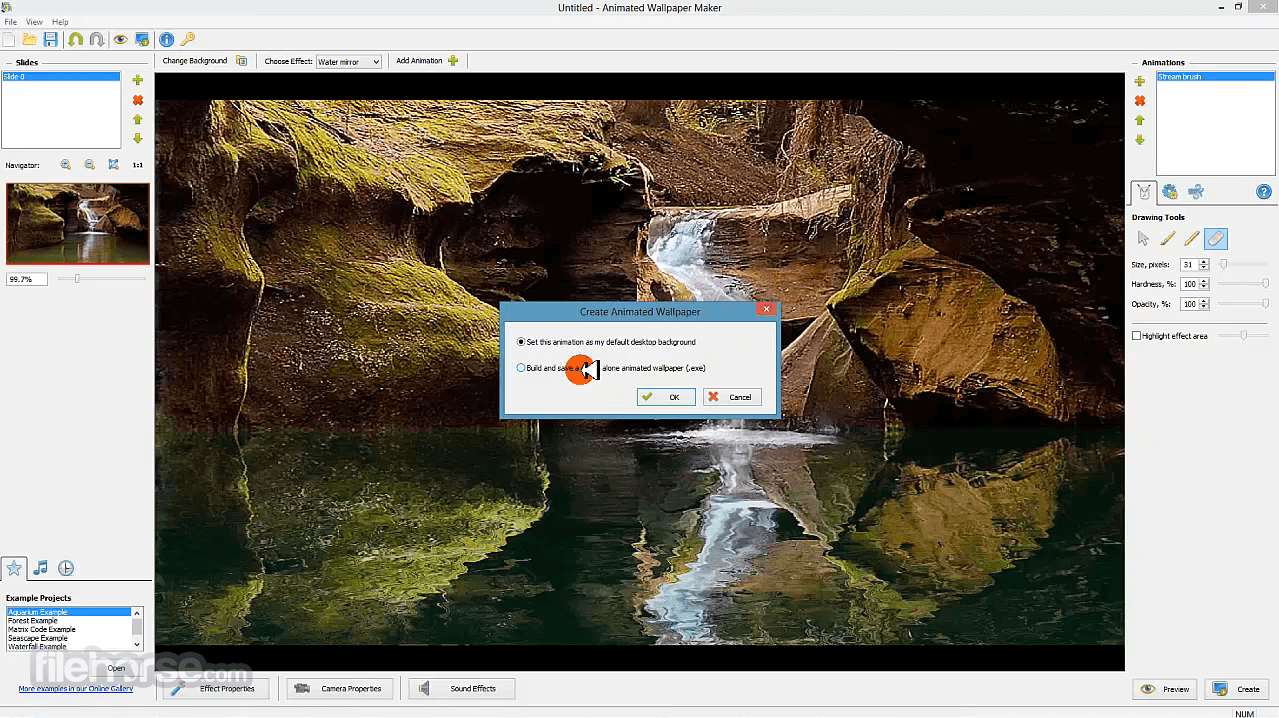
I save all my animatics in this playlist. Either Basic or Intermediate OpenGL will work, and it’ll give you an idea of the motion in your animation in a matter of minutes. I use the OpenGL engine to render those, rather than Iray or 3Delight (you can find this under Render Setting, at the very top). It’s essentially a render of the whole animation, but done at a lower quality so that it happens faster. We use an “animatic” for such quick previews, a term used in the animation industry.

It’s more about seeing how the elements in my scene move, and if changes are required. While I’m working, and if I want to see a quick version of the animation, quality isn’t very important. if it’s too difficult to animate, don’t show that part.what the viewer doesn’t see, don’t worry about it.do whatever it takes to render faster: optimise hardware, use multiple computers, use less resources.use as little iterations as you can to get an acceptable outcome.do not use the default render settings to final renders.


Let’ see how we can trim that down to a few hours or less instead.Ī few things to keep in mind while building your animation: If each of them would take 6 hours to render, the whole thing would take about 75 days, or nearly 3 months. We need to live with compromises, because we’re rendering quite a few images (30 frames per second, on a 10 second animation, that’s 300 images). Aside from the setup, rendering an animation frame should be treated differently to a still image.


 0 kommentar(er)
0 kommentar(er)
